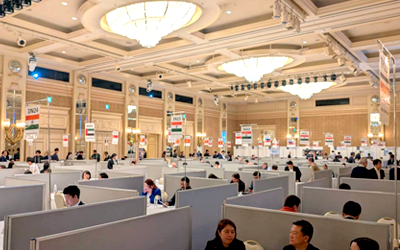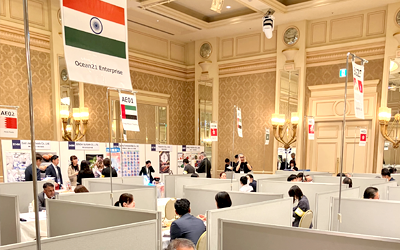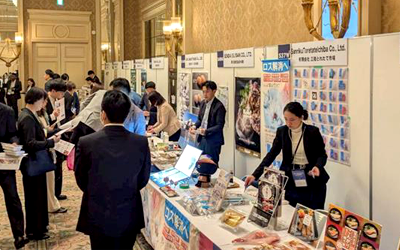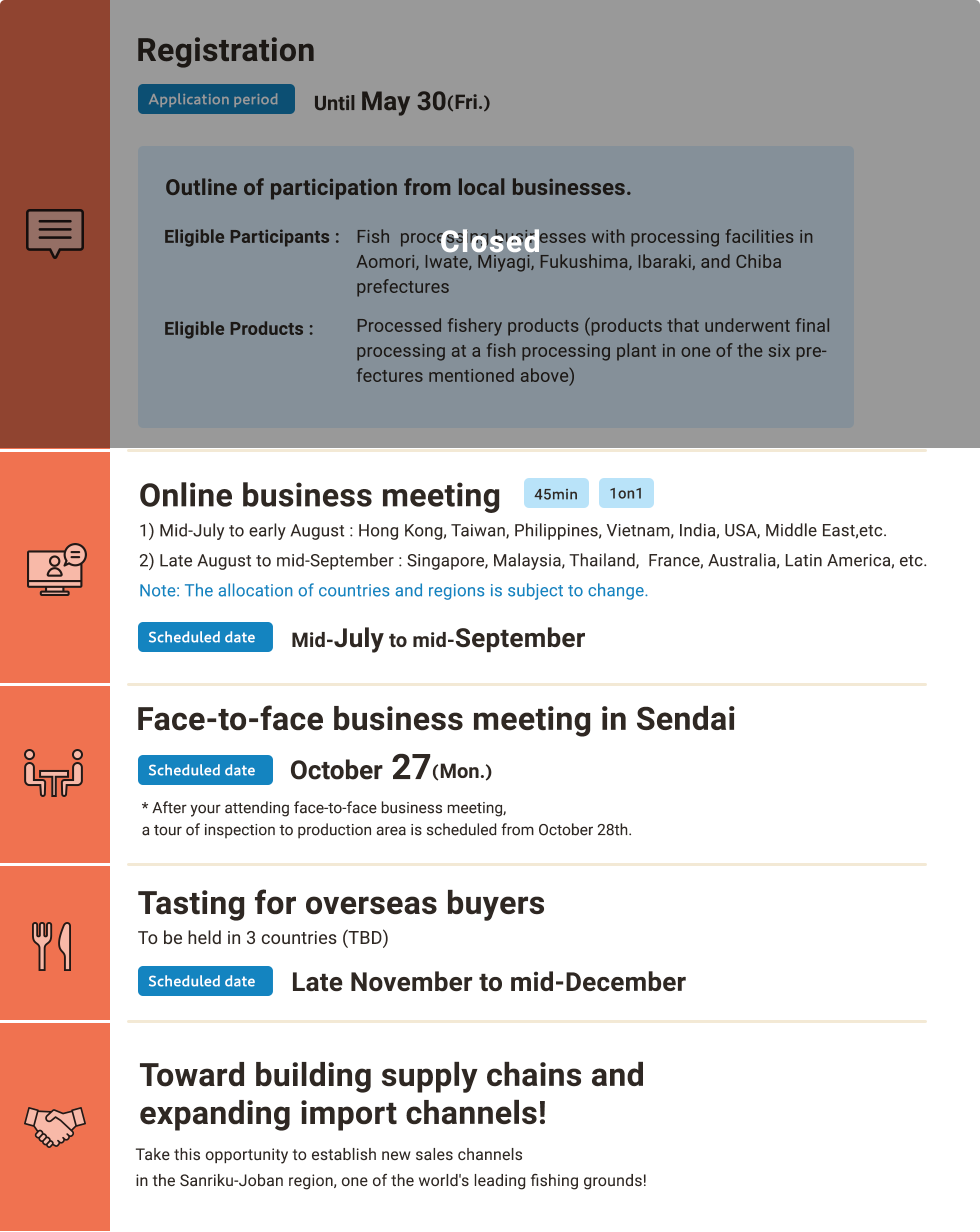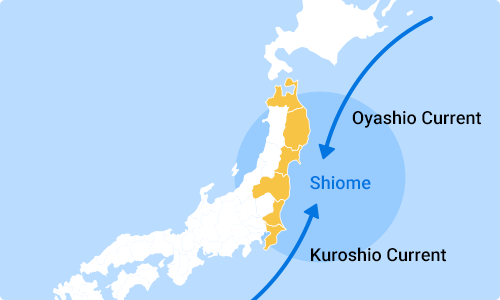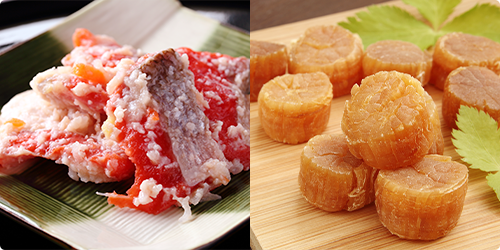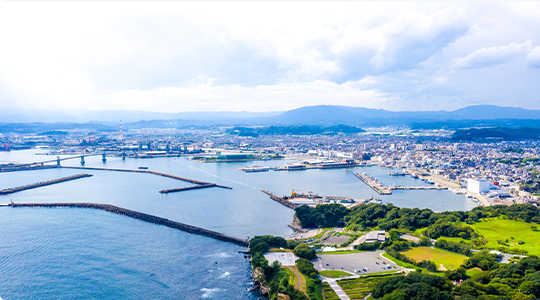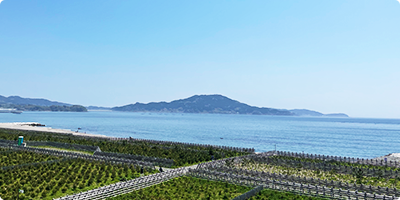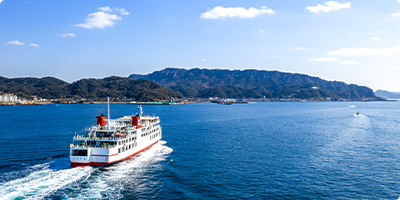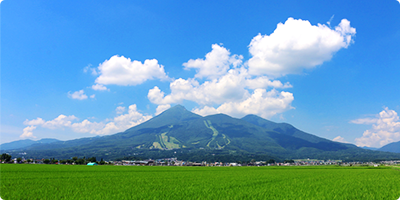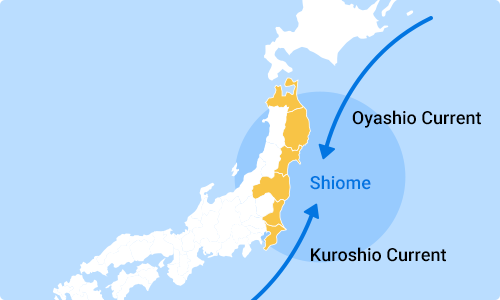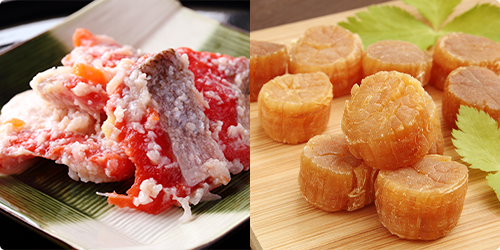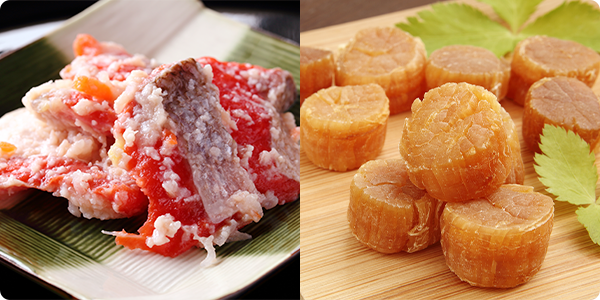Japan is maritime nation, surrounded by the ocean. From long time ago, fish are indispensable element in Japanese cuisines. Japanese processed seafood products can be broadly divided into two categories: those in which the fish itself is used as a commercial product, and those that are processed using fish as the main ingredient. The latter is a product that makes use of the traditions and food culture nurtured over Japan's long history to add rich flavors and added value to fresh fish, enabling it to be preserved for long periods of time.
The former type, in which the fish itself is used as a commercial product, is well known as fillets for sushi and other dishes, and can be divided into about 10 types depending on the processing treatment. For example, "dress" refers to round fish without the head and entrails, and "fillet" refers to the remaining two pieces after the dress is cut into three pieces and the middle bone is removed.
Fish products made from the latter include fish paste, dried fish products, canned products, fermented fish product/Salted products prepared from fish, shellfish, or seaweeds, smoked products, and seasoned products. For example, fish paste products are made by kneading grinded fish meat to make fish sausage, dried fish products are made by removing water, and salted products are made by soaking in salt, which prevents microorganisms from multiplying, and can be enjoyed as a preserved food with a rich flavor. Dried bonito flakes, for example, are exported overseas in recent years as a umami enhancer.
